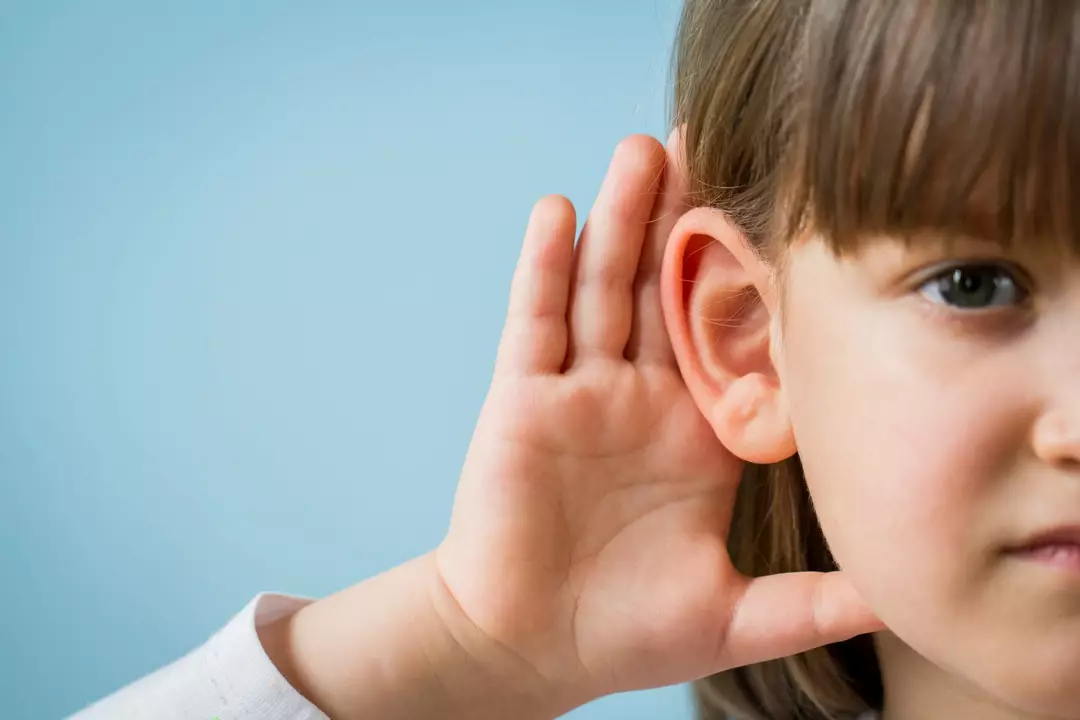Hearing Loss: What It Looks Like and What You Can Do
Hearing loss sneaks up on people. One minute you’re fine, the next you keep asking people to repeat themselves or you crank the TV up louder than everyone else. This guide strips away the noise and gives clear steps: how to spot problems, what tests to expect, treatment choices, and simple ways to protect and live with reduced hearing.
What causes hearing loss and the common signs
There are three main types: conductive (sound can’t get through the outer or middle ear), sensorineural (inner ear or nerve damage), and mixed. Age-related hearing loss and long-term noise exposure are the top causes. Other triggers include earwax buildup, infections, certain medications (ototoxic drugs), head injuries, and genetic factors.
Watch for these signs: speech sounds muffled, trouble hearing on the phone, asking people to repeat, trouble following conversations in noisy places, ringing or buzzing (tinnitus), or turning up volume on devices. Sudden hearing loss, pain, bleeding, or fluid from the ear needs urgent care.
Tests, treatments, and practical help
If you suspect hearing loss, book an appointment with an audiologist or ENT. Expect a basic ear exam, an audiogram (hearing test that shows which pitches you miss), and sometimes tympanometry or imaging. These tests tell whether the problem is medical (fixable) or chronic (managed).
Treatments vary. Earwax removal, antibiotics for infections, or surgery can fix conductive issues. Sensorineural loss is often permanent, but hearing aids, cochlear implants, and assistive listening devices help a lot. Modern hearing aids are smaller and more capable than before — they reduce background noise, connect to phones, and can be tuned to your specific hearing profile.
Don’t ignore sudden changes. If hearing drops quickly, get seen within 24–72 hours; early treatment can improve recovery odds.
Daily life tips: position yourself so you can see the speaker’s face, reduce background noise when possible, ask people to speak clearly and slowly (not louder), use captioning on videos, and try assistive devices like amplified phones or TV streamers. Small changes make conversations easier and less draining.
Prevent future loss by protecting ears: use earplugs at concerts or noisy jobs, follow the 60/60 rule for headphones (60% volume for 60 minutes max), and avoid prolonged exposure to loud environments. Schedule routine hearing checks if you work around loud noise or are over 50.
If cost is a concern, check public health options, local hearing clinics, or nonprofit programs — many places offer testing and subsidized devices. When choosing a provider, pick one who offers a hearing test, trial period for aids, and follow-up tuning.
Hearing loss doesn’t have to isolate you. With the right tests, realistic expectations, and a few practical changes, you can keep conversations and life clear. If you’re unsure, start with a hearing test — it’s quick and gives you a plan.

